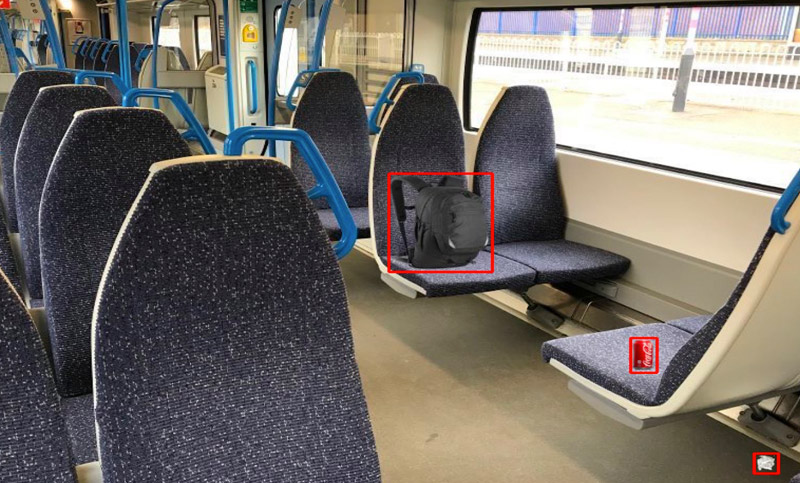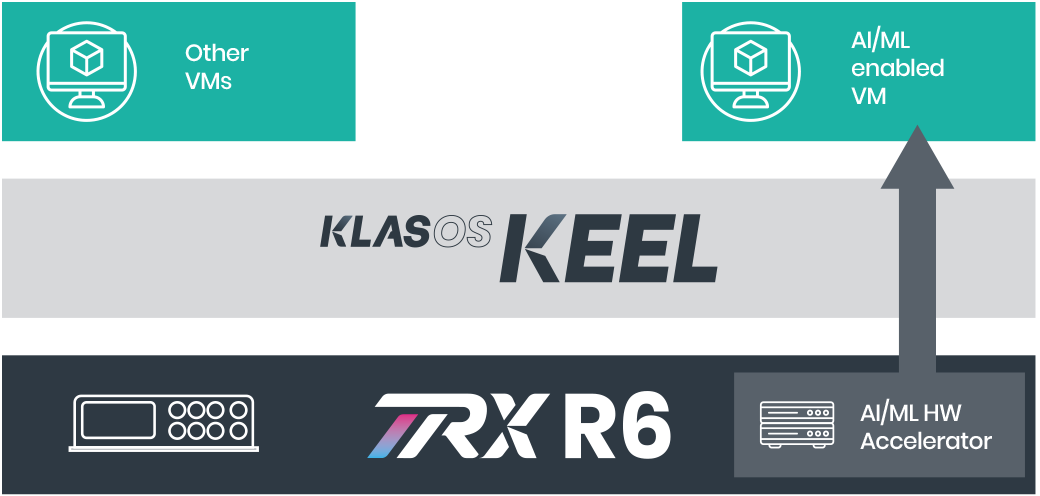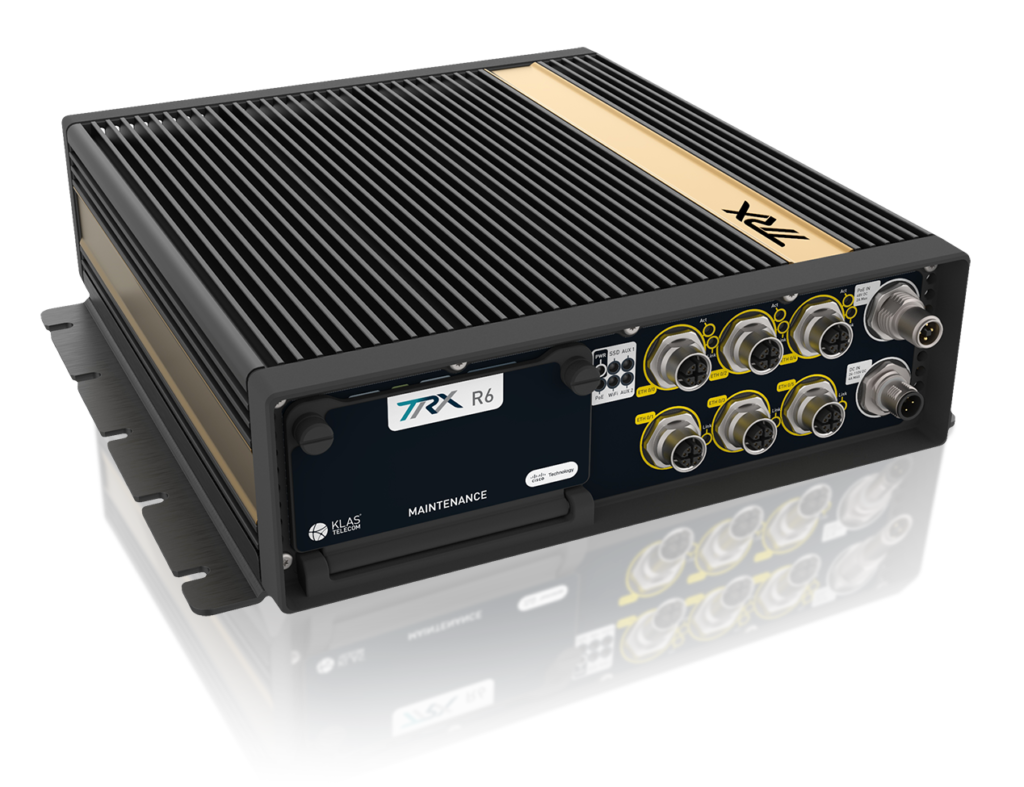Artificial Intelligence and Machine Learning at the Edge with Big Data in Rail
See how AI/ML and computer vision can be used at the edge of the network to provide big data in rail
Many trains are outfitted with CCTV cameras today. However analysis of the video streams they produce is often carried out manually or by high-end artificial intelligence servers at a central Operations Center. This approach relies on precious mobile operator bandwidth and is not practical in the real world.
Ideally, this analysis would be carried out by the onboard server but CPUs used in rail-compliant servers don’t have the processing power to run AI algorithms.

Image inference in AI systems rely on Graphics Processing Units (GPUs) and Vision Processing Units (VPUs) to run their algorithms. The TRX R6 platform has both a built-in GPU and the ability to add modular GPUs and VPUs to offload AI/ML workloads so the original compute capabilities are not impacted by the new workloads. KlasOS Keel gives the workload dedicated access to the hardware accelerator.
The system can carry out object/person detection, anomaly detection or even face mask detection for public transportation or law enforcement. The feature can be used for both buses, trains but also stations, patrol cars and trackside/roadside locations. Bringing big data in rail to new levels.

Keel on TRX R6 provides superior performance on AI/ML workloads while the devices are used on demanding environments with no impact on core functions like SDWAN or virtualisation.
Continue reading TRX stories
« InSecTT project Wireless Sensor Networks for Predictive Maintenance in Rail »

